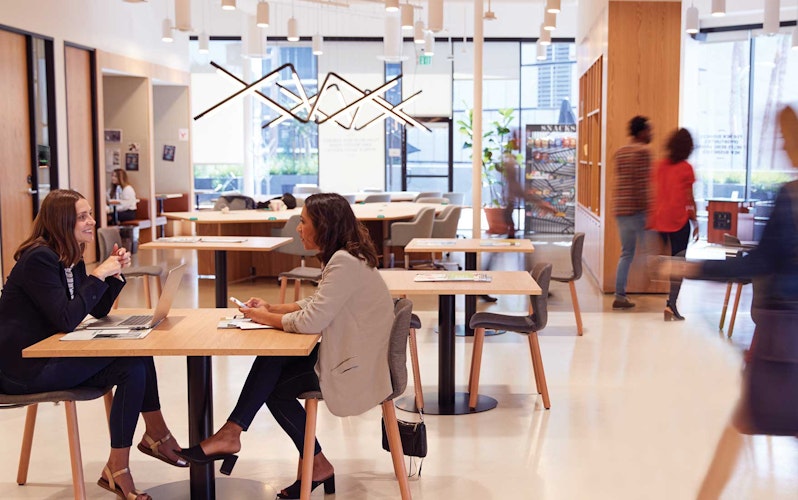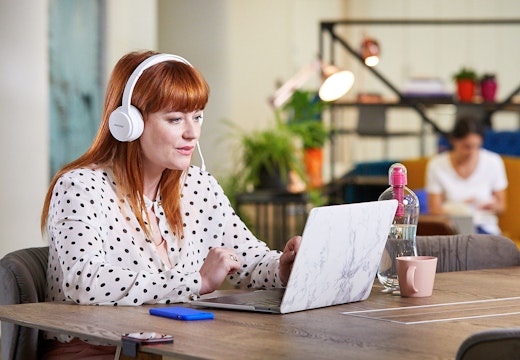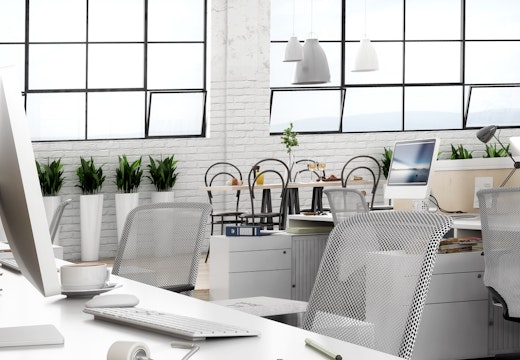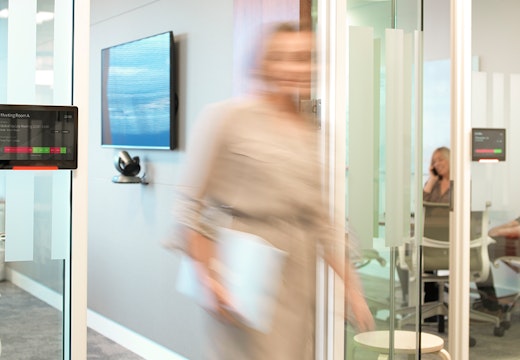Making flexibility work in the modern 2020 workplace
The lockdown has accelerated a general move to more flexible working, but how can companies combine flexible practices with their physical office environments? Condeco’s new report, The Modern Workplace, investigates
Flexible working is on the rise, but how can it best fit into our workplace environments in ways that promote efficiency, productivity and collaboration?
The last few years have seen a huge rise in flexible working around the world. That’s because employers have worked hard to meet the desires of employees who want the resources, technology and agility to do their best work in a way that fits in with their personal lives. However, enterprises have come to realise that adjusting the rest of their businesses to accommodate this shift has perhaps brought them more challenges than they bargained for.
The key trends around making flexible working a success are highlighted in The Modern Workplace 2020 Report, Condeco’s third annual report into the state of our working environments today. The research gathered the views of more than 1,000 senior business employees across various industries and in seven different countries around the world.
Workplace solutions
It has become clear that technology-based solutions are being widely adopted by businesses. Some 60 per cent of respondents say they use Microsoft Teams to host video conferences, and more than three-quarters (76 per cent) say technology is an effective solution for cutting down on business travel. Furthermore, integrating them properly into existing systems is critical to successful flexibility and has been recognised as such: 93 per cent say integration is important.
But look beyond the technology and you’ll see that other challenges remain – particularly around how flexible models impact the physical office environments. New ways of working place new demands on business real estate, and almost half of employers (49 per cent) say providing the right mix of rooms and workspaces for the workforce is the biggest workspace challenge. A similar number (46 per cent) say their offices don’t currently provide the right mix of spaces and meeting rooms to promote productivity.
This frustration isn’t just being felt by employers: the workforce is feeling it too. Only 27 per cent of respondents have access to the right meeting rooms every time they need one, and 37 per cent say they have to delay conversations to another time when rooms aren’t available.
Interestingly, opinion is divided on the value of remote working, and the research suggests a finely balanced blend of remote and physical collaboration may be the favoured way forward. That’s because only 44 per cent state that remote workers are more productive than on-site employees, while 48 per cent say that there is no substitute for face-to-face interaction, and that opportunities to do so are lost when working remotely.
What does this mean for businesses?
Of course, every enterprise and industry is different, but in the main, it is important to consider a fully inter-connected approach to how your business operates, from managing real estate through to co-ordinating meeting room management and flexible working practices. Only by joining all the dots together can businesses have the best chance of maximising productivity and catalysing happiness and motivation among their workforce in an evolving, competitive landscape.
Take a closer look at more of the data behind the big issues in our working environments – download the full Modern Workplace 2020 report here.








